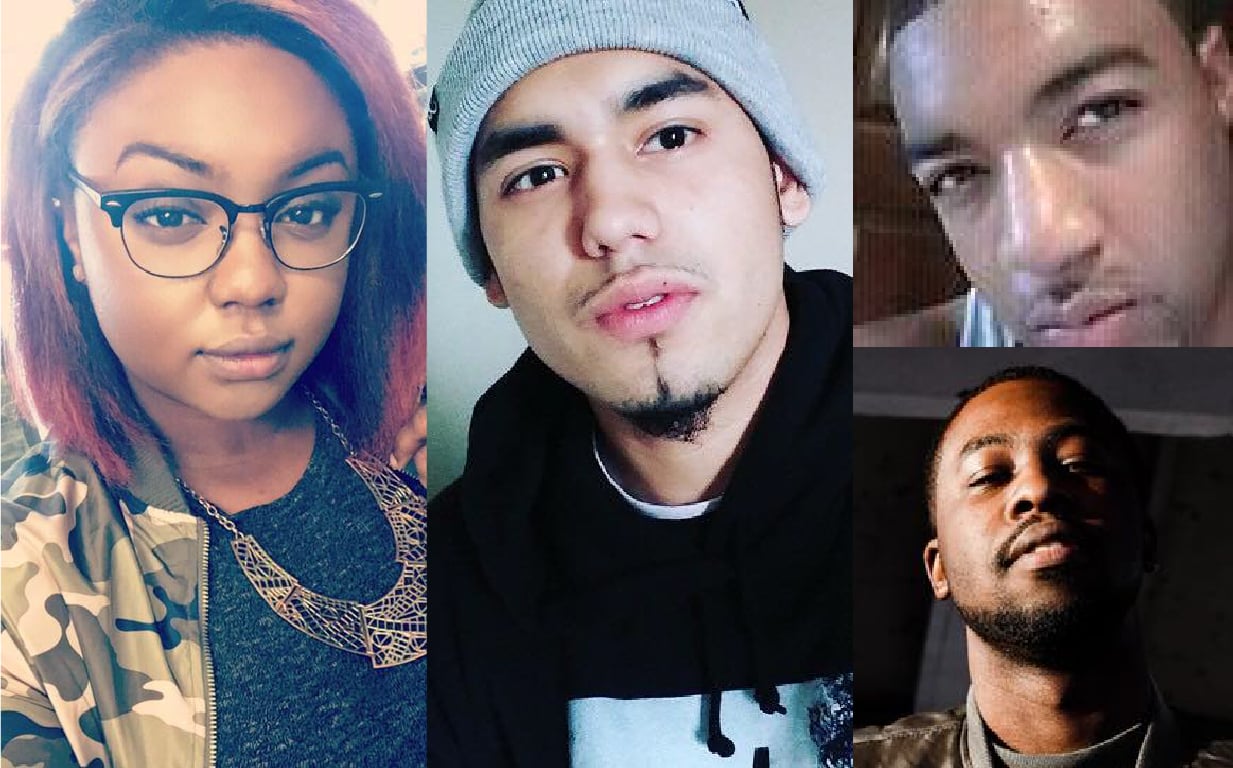Hello, readers. The latest on the shooting at a Tennessee Waffle House early yesterday morning. More gunshot victims are dying before they reach trauma centers. And in Baltimore this weekend, shootings left at least three people dead and five others injured. Those updates and more in your Monday news briefing below.
Receive this daily news briefing by email every morning. Sign up here.
WHAT TO KNOW TODAY
Four people are dead and at least four are wounded after a shooting early Sunday morning at a Tennessee Waffle House. The four young victims were identified as Joe R. Perez, 20; DeEbony Groves, 21; Akilah DaSilva, 23; and Taurean C. Sanderlin, 29. Two of the injured victims remain hospitalized. A local man, 29-year-old James Shaw Jr., is being called a hero after wrestling the gunman to the ground and pulling the shooter’s assault-style rifle out of his hands, sending the assailant fleeing. Authorities identified the suspect as Travis Reinking, an Illinois native who had his guns taken away after he was arrested at the White House last year. Read more about the shooting here.
Some Congressional Republicans want to punish big banks for imposing restrictions on gun companies. The reaction comes after Citigroup and Bank of America set new rules for clients in the firearm industry. Louisiana’s John Kennedy told Politico that banks that have accepted federal bailout money should not be making decisions concerning political issues. Kennedy is also calling for all government contracts with those banks to be canceled. However, Trump appointees in the federal government, including Consumer Financial Protection Bureau chief Mick Mulvaney and Federal Reserve Vice Chairman Randal Quarles, say that the banks’ policies on gun sales are outside their agencies’ purviews.
After the Parkland shooting, gun sales in Florida jumped. A series of charts from the Miami Herald drawing on background check information provided by Florida law enforcement show a 16 percent year-over-year increase. For the state, the post-Parkland spike was second only to the one that ensued from the San Bernardino shooting in 2015. Nationwide, background checks were up in March by 400,000 compared to the 2.4 million recorded in March 2017.
Three people were fatally shot in Baltimore this weekend and five more were injured by gunfire. Another was stabbed to death, bringing the homicide toll to 29 so far this month, the same number of homicides recorded for the entire month of April 2017.
Ten thousand Californians have been prohibited from owning guns, and authorities say it will take four years to confiscate all their weapons. That number includes people who legally purchased weapons but are no longer allowed to possess them, because of a gun violence restraining order or felony conviction. In Los Angeles County alone, 40 or 50 people are added to the list of prohibited possessors each month. The state’s Bureau of Firearms has requested additional funding to hire more full-time agents to help clear the backlog.
A Brooklyn neighborhood once known as the “killing fields” has gone murder-free this year. “Murder inequality” had plagued East New York even as gun violence rates dropped citywide. But as the New York Times reports, the neighborhood hasn’t had a homicide since last December. Amid a crackdown on reputed gang members, police have confiscated more than 530 guns in the precinct since 2016. Community anti-violence groups are also credited with defusing tensions before they can escalate into bloodshed.
NEW FROM THE TRACE
More shooting victims are dying before they reach the hospital. Researchers think an increasing ‘intensity’ of gun violence may be to blame. People injured by gunshots are four times more likely to die before reaching a hospital than they were a decade ago, according to a new nationwide analysis from Johns Hopkins. “We know that, over time, trauma care has improved,” lead researcher Dr. Joseph Sakran told The Trace’s Elizabeth Van Brocklin. But his team’s findings show that a significant number of patients are not surviving long enough to be treated in the emergency room. “Their injuries are so severe that by the time they come to us, it’s very difficult to save their life.”


